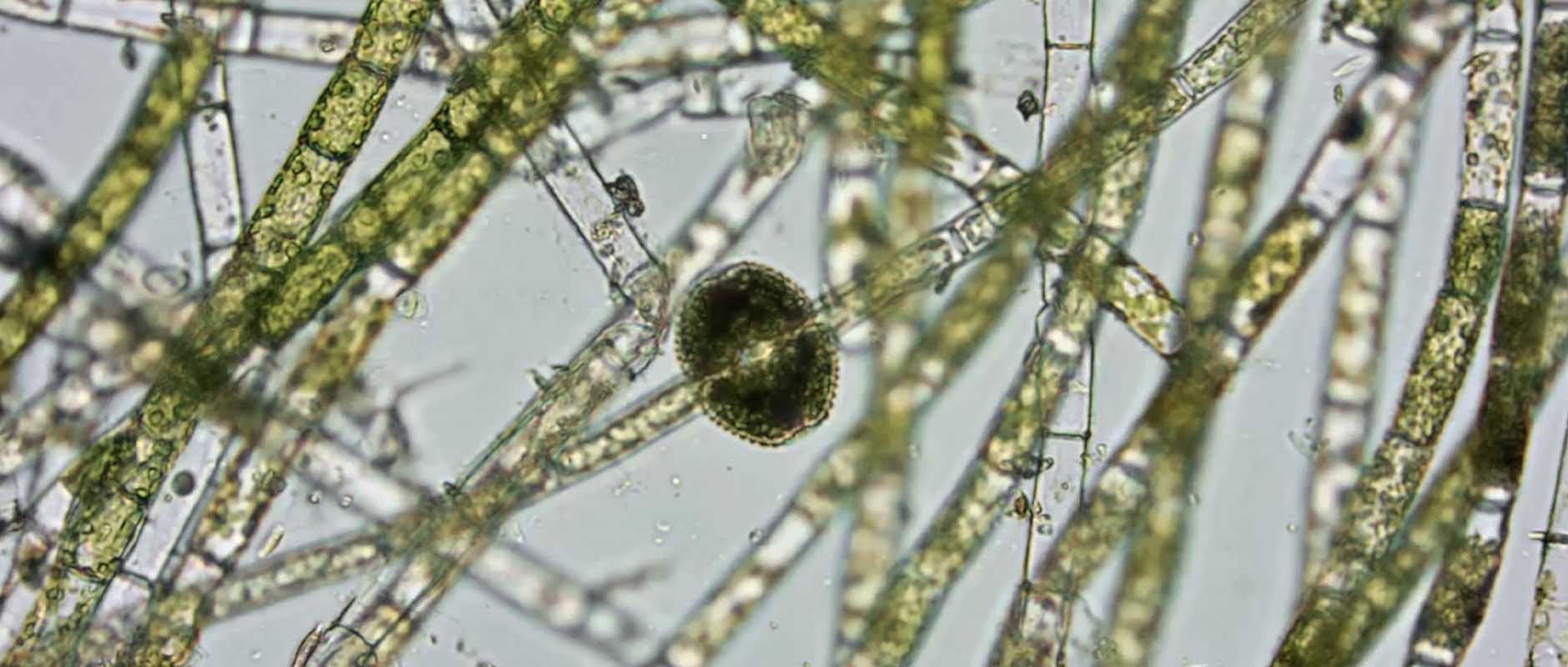Just like humans have the freedom to make life choices, cyanobacteria also possess their own unique survival strategies. Groundbreaking research conducted by Griffith University’s Australian Rivers Institute unveils the fascinating world of cyanobacteria and how they employ phosphorus storage to thrive.
Versatile survivor
Cyanobacteria are among the most common organisms on Earth and are known for their adaptive qualities. These robust organisms first appeared over 3.5 billion years ago, significantly impacting the biosphere’s evolution. Their remarkable ability to survive in a variety of harsh conditions, including intense ultraviolet light, desiccation, hypersalinity, and extreme temperatures, testifies to their hardiness and flexibility.
Cyanobacteria rely heavily on nutrients for survival. Traditionally, nitrogen and phosphorus are recognized as the primary fuels for these organisms. The latest research we published unearthed that under the most nutrient-stressed conditions, cyanobacteria can substitute these nutrients with sulfur, demonstrating an incredible degree of versatility.
The latest research from Griffith University provides yet another fascinating insight: not only can cyanobacteria switch their nutrient sources, but they also exhibit a remarkable ability to regulate their nutrient consumption, enabling them to enhance their longevity.
Bet-Hedging Strategy
Associate Professor Man Xiao explains that blue-green algae have evolved ingenious ways to hoard nutrients. This tactic enables algal blooms to persist and even expand, despite an apparent absence of nutrients in their environment.
The research specifically focuses on the cyanobacterium species Raphidiopsis raciborskii and Chrysosporum ovalisporum. Notably, R. raciborskii is reported to be the dominant species in over 18% of freshwater cyanobacterial blooms worldwide. The study investigates the nutrient hoarding and usage strategies of these two cyanobacteria species, under differing levels of nitrogen and phosphorus availability.
Findings reveal a remarkable divergence in survival strategies among cyanobacteria. Some species rapidly absorb available nutrients, leading to swift growth. In contrast, others store nutrients and grow at a slower pace, enabling them to survive for longer periods. This clever survival tactic can be likened to a bet-hedging strategy, according to Associate Professor Man Xiao. The cyanobacteria are effectively deciding to either “grow quickly and outcompete your competitors or store the nutrients, grow slowly, and gradually replace other species who have run out of nutrients,” she explains.
This research offers a compelling explanation for the ability of blue-green algae to continue growing over extended periods, often until they eventually collapse, even in conditions that appear nutrient-deficient.
Climate Resilience
The research’s findings have far-reaching implications. Understanding the adaptive strategies of cyanobacteria could provide key insights for controlling harmful algal blooms, a prevalent issue in many water bodies globally. Algal blooms pose significant environmental and health risks, including the production of toxins and depletion of oxygen in the water, leading to the death of other aquatic life forms.
Furthermore, this research has potential applications in climate change scenarios. As global warming continues to impact the world’s ecosystems, an understanding of cyanobacteria’s resilience and adaptability under nutrient-stressed conditions could be invaluable. The findings may shed light on how other organisms could adapt and survive in changing environmental conditions, contributing to a broader understanding of climate change impacts.
In conclusion, cyanobacteria’s intriguing survival strategies emphasize the complexity and resilience of these organisms. Their adaptability under various environmental conditions and their strategic nutrient management reflect an astounding degree of biological sophistication. The research not only deepens our understanding of these ancient organisms but also provides critical insights for environmental management and climate change adaptation.
